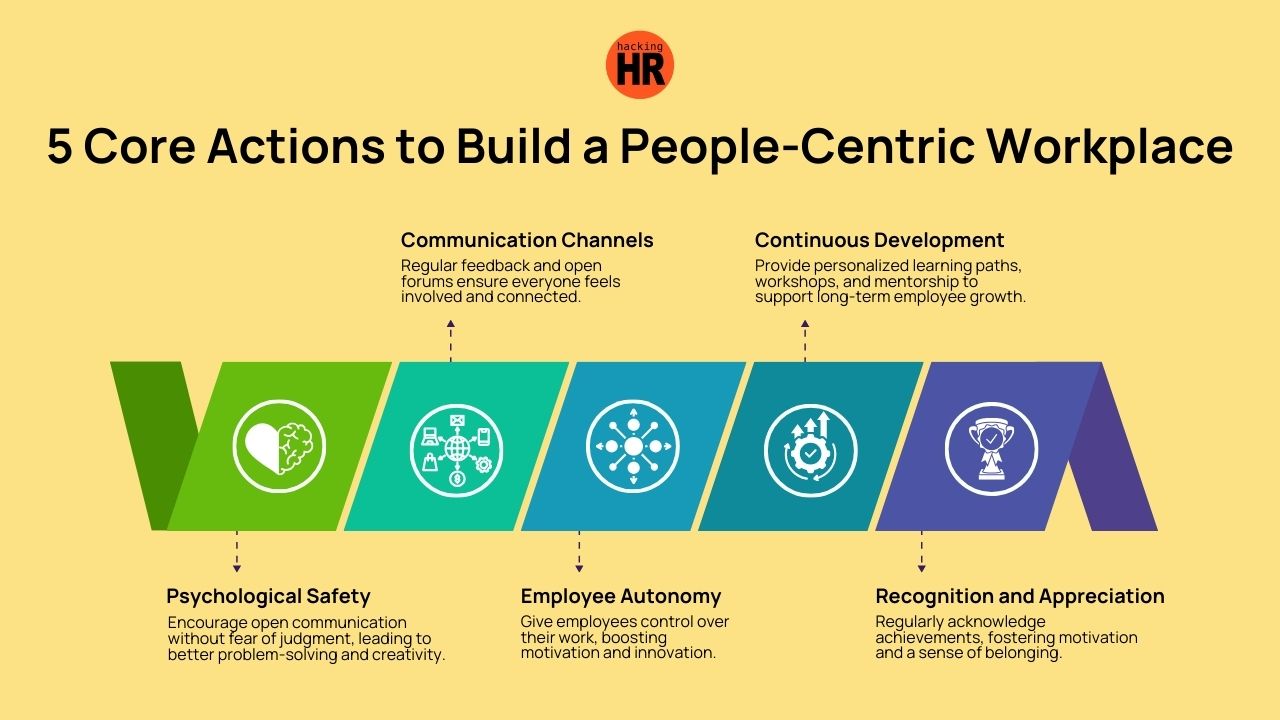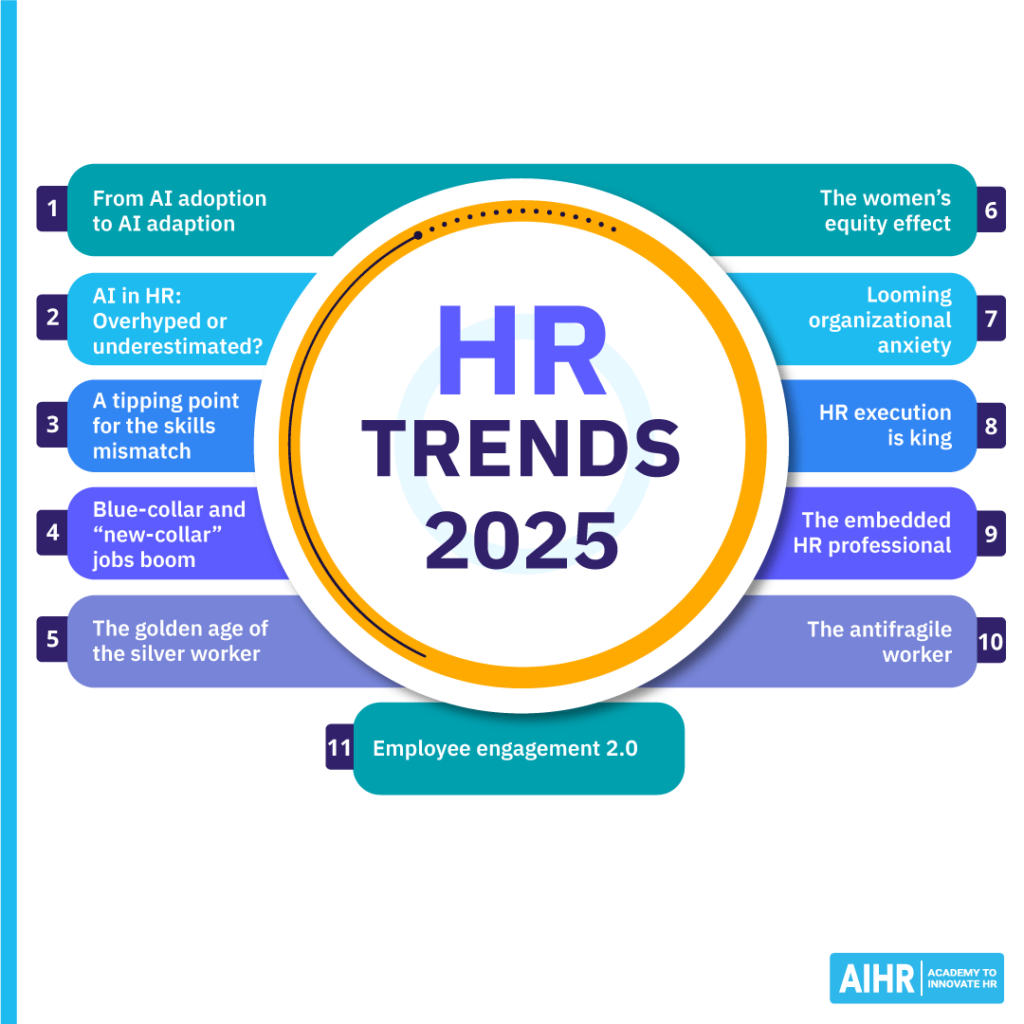You’ve likely noticed the difference between a workplace where people show up to get the job done and one where employees are indeed engaged. Thus, creating a space where your team feels connected to their work and one another is what makes such a difference. People prosper when they find meaning in their work and feel valued for their contributions.
So, what’s the fundamental shift? A people-centric workplace is built on trust, connection, and a shared purpose that requires deliberate action. Every choice you make—from how you communicate to how you empower your team—strengthens or weakens that foundation. With the proper steps, you can build a culture where employees feel seen and invested in their growth and, in turn, bring their best selves to work every day.
Let’s break it down into five practical actions to help you create that space.
1. Fostering Psychological Safety
Psychological safety means employees can express ideas, admit mistakes, and raise concerns without fear of judgment or repercussion. This openness leads to better problem-solving and creativity. Encourage transparent conversations by modeling vulnerability and actively listening. Your team will feel secure enough to contribute when you lead by example.
2. Building Meaningful Communication Channels
Regular feedback sessions and open forums for dialogue ensure everyone feels connected and involved in decision-making. Think about the last time you listened to your team’s concerns—did it change your perspective? By fostering two-way communication, you build trust and keep your team engaged.
3. Empowering Employees through Autonomy
When you give employees control over how they achieve their goals, you empower them to take ownership of their work. This boosts motivation and creativity. Clearly define the outcomes you’re aiming for, then step back. Trust your team to chart their path to success. How can you let go of micromanaging and give your people the freedom to innovate?
4. Continuous Development and Learning Opportunities
Create personalized learning paths and integrate development opportunities into everyday work. Mentorship, workshops, and flexible learning platforms help your team feel invested in their growth. How are you supporting your employees’ long-term development right now?
5. Recognition and Appreciation Culture
Regular formal and informal recognition goes a long way in boosting morale. Make it a habit to acknowledge achievements in real time. A quick thank-you or acknowledgment can often carry more weight than a formal award. When was the last time you spontaneously recognized a team member’s contribution?






